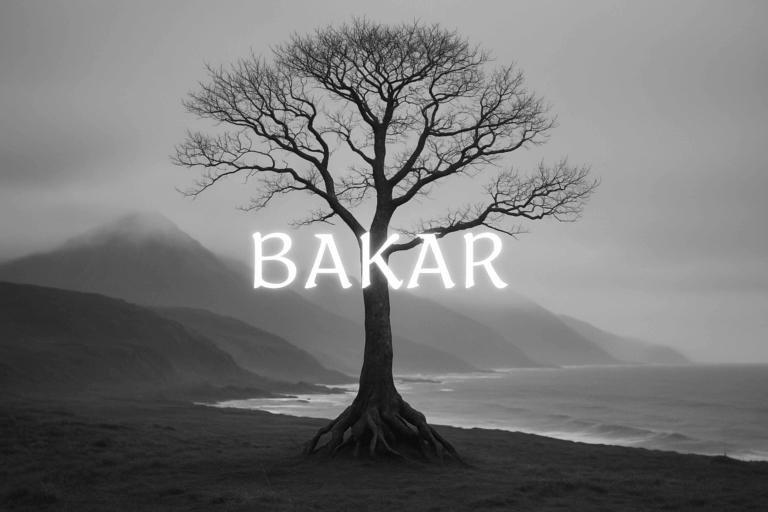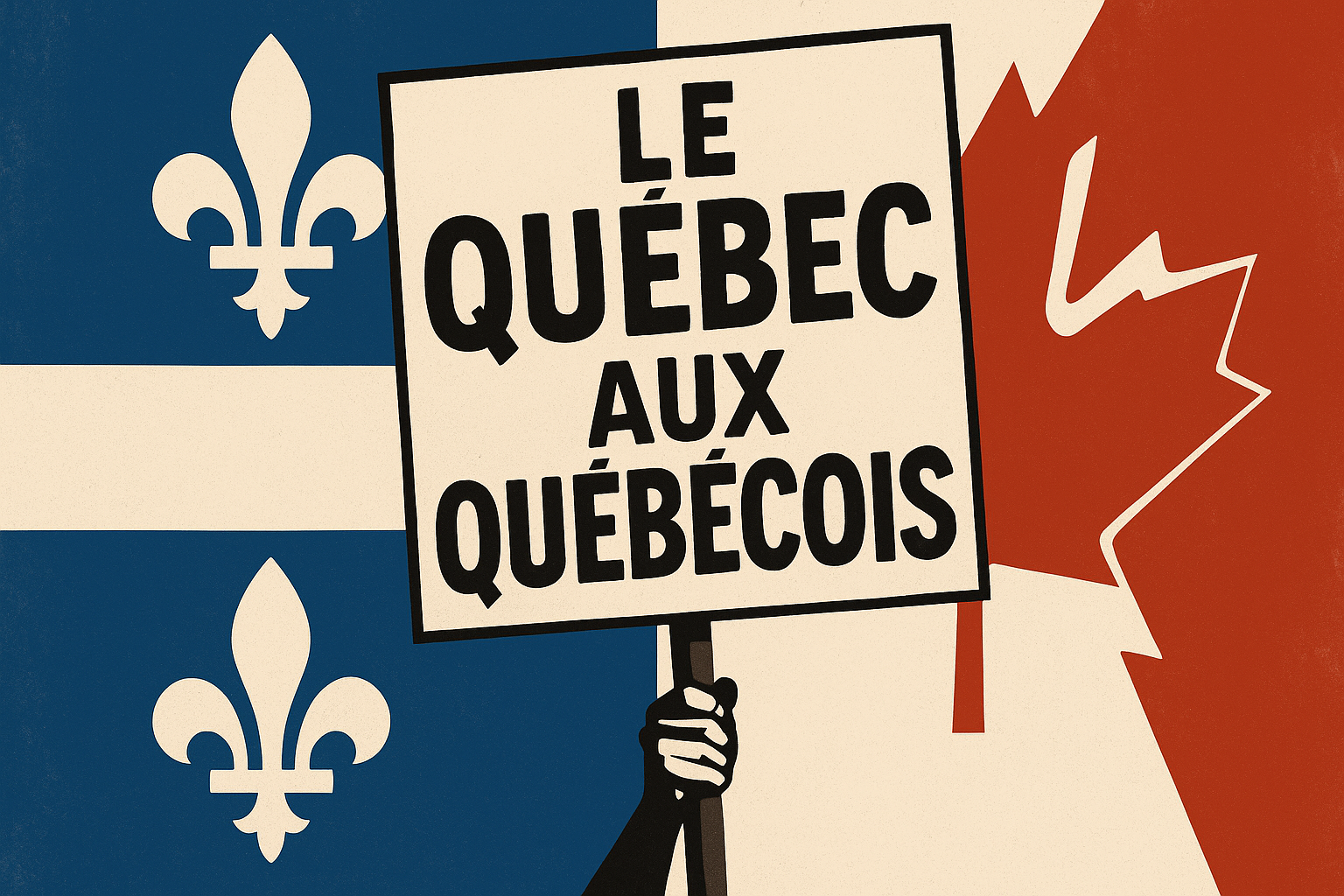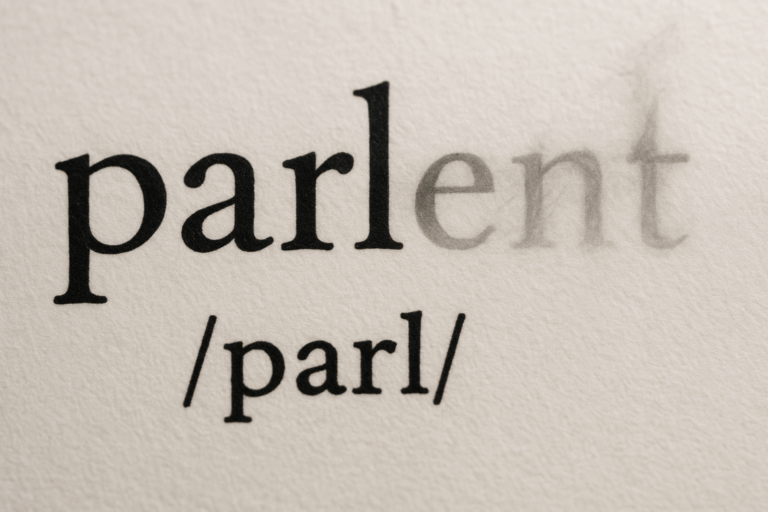In the world of linguistics, the revival of Modern Hebrew is the stuff of legend. It’s the story we all tell: a language, unspoken for nearly two millennia outside of liturgical contexts, was resurrected to become the vibrant, living tongue of a nation. It’s an inspiring tale of will, identity, and dedication. It’s also a dangerous one. Because for every celebrated Hebrew, there are hundreds of languages that, despite the passionate efforts of their communities, may never fully awaken.
The story of Hebrew sets an almost impossibly high bar, creating a romanticized narrative that obscures the harsh realities of linguistic revitalization. The truth is that the path to bringing a language back from the brink is littered with obstacles, and success is far from guaranteed. It’s time for a critical, realistic look at why so many revitalization efforts falter, not to discourage the work, but to better understand the immense mountain that must be climbed.
The Myth of the “One Big Success”
Before we can understand the failures, we must understand why the primary success story is such an outlier. The revival of Hebrew happened under a unique and unrepeatable set of circumstances:
- A Nation-Building Project: Hebrew was revived as a core part of the Zionist movement. It wasn’t just about language; it was about creating a unified national identity for Jewish immigrants from diverse linguistic backgrounds (Yiddish, Ladino, Russian, Arabic, etc.).
- No Dominant Competitor: In early 20th-century Palestine, there was no single, dominant language among the new Jewish immigrants. Hebrew filled a linguistic vacuum, becoming a neutral and unifying medium.
- A Strong Ideological Push: Visionaries like Eliezer Ben-Yehuda dedicated their lives to the cause, creating new words, raising their children exclusively in Hebrew, and fiercely promoting its use in every aspect of life.
- Institutional Support: Once the state of Israel was established, Hebrew became the language of government, the military, and the education system, cementing its role in every domain of public life.
Most endangered languages today face the exact opposite situation. They exist within the borders of powerful nation-states where a dominant language like English, Spanish, or Mandarin holds all the institutional power. Revitalization is not about filling a vacuum; it’s a direct struggle against an ever-present, culturally dominant force.
The Classroom-to-Community Chasm
One of the most common and heartbreaking pitfalls is the creation of a “classroom language.” A community rallies, secures funding, and establishes language classes. Children and adults learn grammar, practice vocabulary drills, and can even write essays. By all academic measures, they are learning the language. Yet, the moment they step outside the classroom, the language vanishes.
This is the gap between proficiency and use. A language doesn’t live in textbooks; it lives in kitchens, on playgrounds, in jokes between friends, and in arguments between siblings. For a language to be truly alive, it needs domains of use—spheres of life where it is the natural, expected medium of communication. For many revitalizing languages, the only domain is the classroom itself.
The Irish language (Gaeilge) is a powerful, if complicated, example. It is an official language of Ireland and the EU, and it has been a mandatory subject in Irish schools for decades. Almost every Irish person has some knowledge of it. Yet, for the vast majority, its use is confined to school memories. Outside of the designated Gaeltacht (Irish-speaking) regions, you are far more likely to hear Polish or Portuguese on the streets of Dublin than Irish. Despite massive state support, bridging the chasm from academic subject to living, breathing community tongue remains an immense challenge.
The “New Speaker” Dilemma
When intergenerational transmission—the natural passing of a language from parent to child—is broken, the burden falls on “new speakers.” These are dedicated learners who acquire the language as a second language, often with great effort. While their passion is the engine of revitalization, they face a unique set of problems.
Firstly, they lack the effortless fluency and cultural nuance of a native speaker. This can lead to a crisis of confidence or, worse, to criticism from the few remaining elders who are native speakers. This phenomenon of “linguistic gatekeeping,” where learners are chastised for not sounding “authentic,” can be incredibly demoralizing and fracture a movement.
Secondly, new speakers must consciously and deliberately create those domains of use. They have to organize conversation groups, establish language “nests” (immersion preschools), start podcasts, or even agree to raise their own children in a language they themselves are still mastering. This requires a level of sustained, coordinated effort that is exhausting to maintain.
Politics, Funding, and Internal Division
Language is never just about words; it’s about identity, power, and politics. Revitalization efforts are often plagued by internal conflicts that can stall progress for years. Communities are not monolithic, and disagreements can become fierce:
- Orthography Wars: How should the language be written? This is a common battleground. The revival of Cornish in the UK, for instance, has been marked by disputes over competing spelling systems, dividing the community of speakers and learners.
- Dialectal Differences: If a language had several regional dialects, which one should be chosen as the standard for teaching? Choosing one can feel like erasing the heritage of others.
- Funding and Control: Who gets the limited grant money? Which family or tribal council gets to make decisions? These resource-based conflicts can create deep and lasting rifts.
These internal politics are a gift to the dominant language. While the community argues over spelling, the last generation of fluent speakers ages, and children continue to grow up speaking only English or Spanish.
Redefining “Success” in the Face of Hard Truths
Given this grim picture, is linguistic revitalization a hopeless cause? Not at all. But it does require a radical redefinition of “success.” Perhaps the goal shouldn’t always be to create a new Hebrew. Perhaps success can look different.
Success can be a language that, while not used daily by everyone, is brought back into ceremonial and artistic life, strengthening cultural identity. Success can be the comprehensive documentation of a language—its grammar, stories, and worldview—so that it is preserved for future generations, even if speakers are few. Success can be creating a small but passionate community of new speakers who find deep personal and cultural meaning in using the language, providing a vital link to their heritage. Success can be ensuring that even if children don’t become fluent speakers, they know their ancestral language exists, they honor it, and they understand the world their ancestors inhabited.
The hard truth is that most endangered languages will not become the primary, daily language of a nation. But to call every outcome short of that a “failure” is to miss the point. The act of fighting for a language—of documenting it, teaching it, speaking it, even imperfectly—is a profound act of cultural resilience. It’s a declaration that a people’s unique way of seeing the world matters, and that is a victory in itself.









